What's happening inside the Azovstal steel plant in Mariupol?
Horrific stories emerge from the wreckage of the factory in the bombarded port city

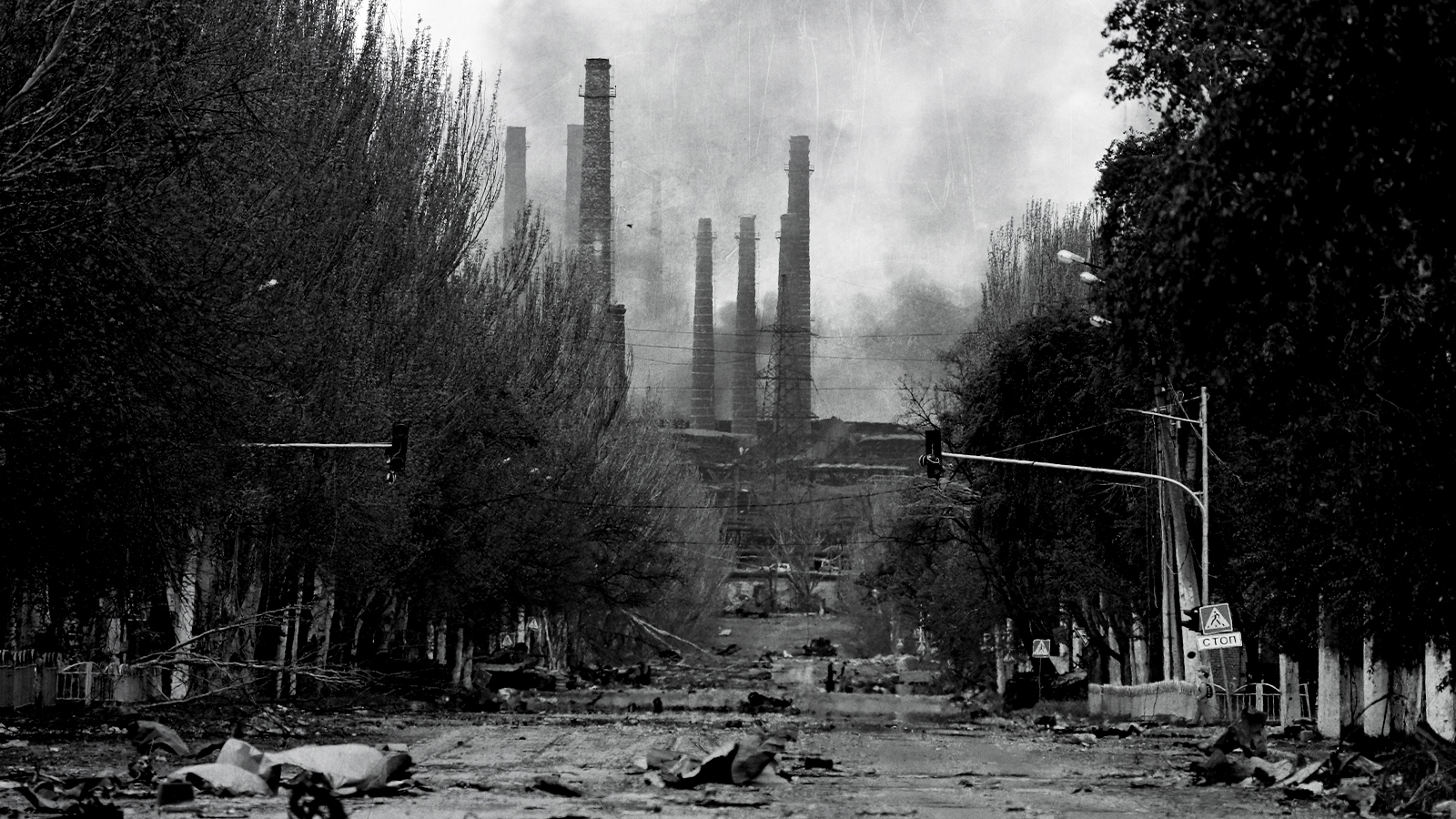
More than 100 Ukrainian civilians have been evacuated from the sprawling Azovstal iron and steel plant in Russian-occupied Mariupol, and about 200 are still awaiting rescue from the complex, including some 20 children. The evacuations, after weeks encircled by Russian forces and bombarded with Russian shells and missiles, were negotiated with mediation from the United Nations and the International Committee of the Red Cross.
The first evacuees reaching relative safety "carried with them fresh accounts of survival and terror" from beneath the wreckage of the Azovstal steel works and the ruined port city of Mariupol, The New York Times reports. What is happening inside the massive iron and steel plant?
What is the Azovstal steel plant?
The Azovstal Iron and Steel Works opened in 1933, when Joseph Stalin led the Soviet Union, then was rebuilt after World War II into a sprawling plant covering four square miles. Before Russia's invasion earlier this year, it produced 4.3 million tons of steel a year. "It is a labyrinth of rail systems, workshops, blast furnaces, and warehouses, with many of the buildings made of thick concrete and designed to withstand high temperatures," the Times reports. Underground is a network of tunnels and bunkers.
The Week
Escape your echo chamber. Get the facts behind the news, plus analysis from multiple perspectives.

Sign up for The Week's Free Newsletters
From our morning news briefing to a weekly Good News Newsletter, get the best of The Week delivered directly to your inbox.
From our morning news briefing to a weekly Good News Newsletter, get the best of The Week delivered directly to your inbox.
"It goes six stories down and it's about the size of Vilnius," Lithuania's capital, military analyst ret. Lt. Gen. Mark Hertling said on CNN. "It's a huge underground city with a lot of ability to attack the aggressors." It is where the remaining Ukrainian troops defending Mariupol are making their last stand.
How many Ukrainian troops are inside the plant?
There are about 2,000 Ukrainian defenders at the plant, mostly with the 36th Marine Brigade and the controversial Azov Battalion, but also police officers, border guards, and anyone else willing to fight. "Some of them guard the territory, some of them prevent attempted attacks, some of them are responsible for a ceasefire, some of them help to clear the rubble under shelling," explained Svyatoslav Palamar, deputy commander of the Azov Battalion.
An estimated 500 troops are wounded at the plant, and Russia bombed the field hospital in late April, holed-up troops showed on social media. Russian shelling has reduced most of the above-ground buildings to rubble, the Times demonstrated in juxtaposed video taken before the invasion and in mid-April.
Why are civilians holed up there?
The steel plant's warren of tunnels and bunkers was designed to transport equipment between buildings, not for military use, according to Metinvest, the steel and mining conglomerate that owns Azovstal. But steelworkers started sheltering underground in 2014, when Russian-backed separatists tried to seize Mariupol.
A free daily email with the biggest news stories of the day – and the best features from TheWeek.com
"Ever since the first invasion, we've kept the bunkers in good order and supplied with food and water," enough to house and feed 4,000 people for three weeks, said Galina Yatsura, a Metinvest spokeswoman. More than 2,000 civilians had been staying at the plant since the early days of the invasion, about 60 days before the evacuations started, many of them family members of employees, two employees tell the Times. Ukraine estimates that about 20,000 civilians who stayed in Mariupol were killed in Russia's scorched-earth battle for control.
How bad are conditions inside the plant?
Bad, according to troops trapped inside and the civilians who have managed to escape. Food, drinkable water, and ammunition are all scarce, and areas of the plant smell like decomposing bodies. "We didn't see the sun for so long," Natalia Usmanova, 37, told reporters in Bezimenne after being evacuated Sunday. "I feared that the bunker would not withstand it — I had terrible fear."
Usmanova said she joked with her husband on the bus that they won't have to go to the bathroom in the dark, in plastic bags anymore. But "you just can't imagine what we have been through — the terror," she added. "I lived there, worked there all my life, but what we saw there was just terrible."

"The citizens who left the city say that hell exists and it's in Mariupol," Mayor Vadym Boychenko told BBC News. But, he added at a press conference Friday, "if Mariupol is hell, Azovstal is worse."
Are things any better in the rest of Mariupol?
Not much. Residents who escaped from around the ruined city after it was captured by the Russians survived on sometimes-expired rations handed out early every morning by the occupiers, psychologist Yelena Gibert told reporters, but only after they were forced to listen to the national anthems of Russia and the self-proclaimed separatist Donetsk People's Republic. There is widespread "hopelessness and despair" in Mariupol, she said, and residents were "starting to talk of suicide because they're stuck in this situation."
"They've begun to at least remove the trash, which is good," said evacuee Anastasiya Dembitskaya. "The bodies and the trash and the wires that were lying everywhere."
Why does Russia want to capture the plant so badly?
Russia needs control of Mariupol to secure a land corridor from Crimea to the Donbas and Russian territory, and the Azovstal complex is the last pocket of Ukrainian resistance. The plant also has its own port facilities on the Sea of Azov.
The Russians "really simply do not care" about "the devastation that's taking place" at the steel plant, ret. Maj. Gen. James "Spider" Marks told CNN. "Their objective is to wear down the morale of the Ukrainian people and to create a wasteland. Putin has no desire to leave Ukraine and he has no desire to try to rebuild it. This produces for him, in addition, a desired 'buffer zone.'"
If the remaining Ukrainian troops aren't given safe passage out, "Russia just levels completely from the face of the earth everything that's left at the factory," which "won't be easy, because one way or another we'll defend to the last fighter," Mykhailo Vershynin, head of the Donetsk regional patrol police, tells The Washington Post. "There will be losses for Russia," and "we'll be destroyed. ... It's that kind of story."
Why didn't the Ukrainian troops flee when they had the chance?
The 36th Marine Brigade and Azov Battalion tied down a dozen or more Russian battalion tactical groups that would have otherwise fought elsewhere in Ukraine. "The defenders of Mariupol will go down in Ukrainian history for their courage and sacrifice," Hertling says.
Peter has worked as a news and culture writer and editor at The Week since the site's launch in 2008. He covers politics, world affairs, religion and cultural currents. His journalism career began as a copy editor at a financial newswire and has included editorial positions at The New York Times Magazine, Facts on File, and Oregon State University.
-
 The best homes of the year
The best homes of the yearFeature Featuring a former helicopter engine repair workshop in Washington, D.C. and high-rise living in San Francisco
-
 Critics’ choice: The year’s top 10 movies
Critics’ choice: The year’s top 10 moviesFeature ‘One Battle After Another’ and ‘It Was Just an Accident’ stand out
-
 The small Caribbean island courting crypto billions
The small Caribbean island courting crypto billionsUnder the Radar Crypto mogul Olivier Janssens plans to create a libertarian utopia on Nevis
-
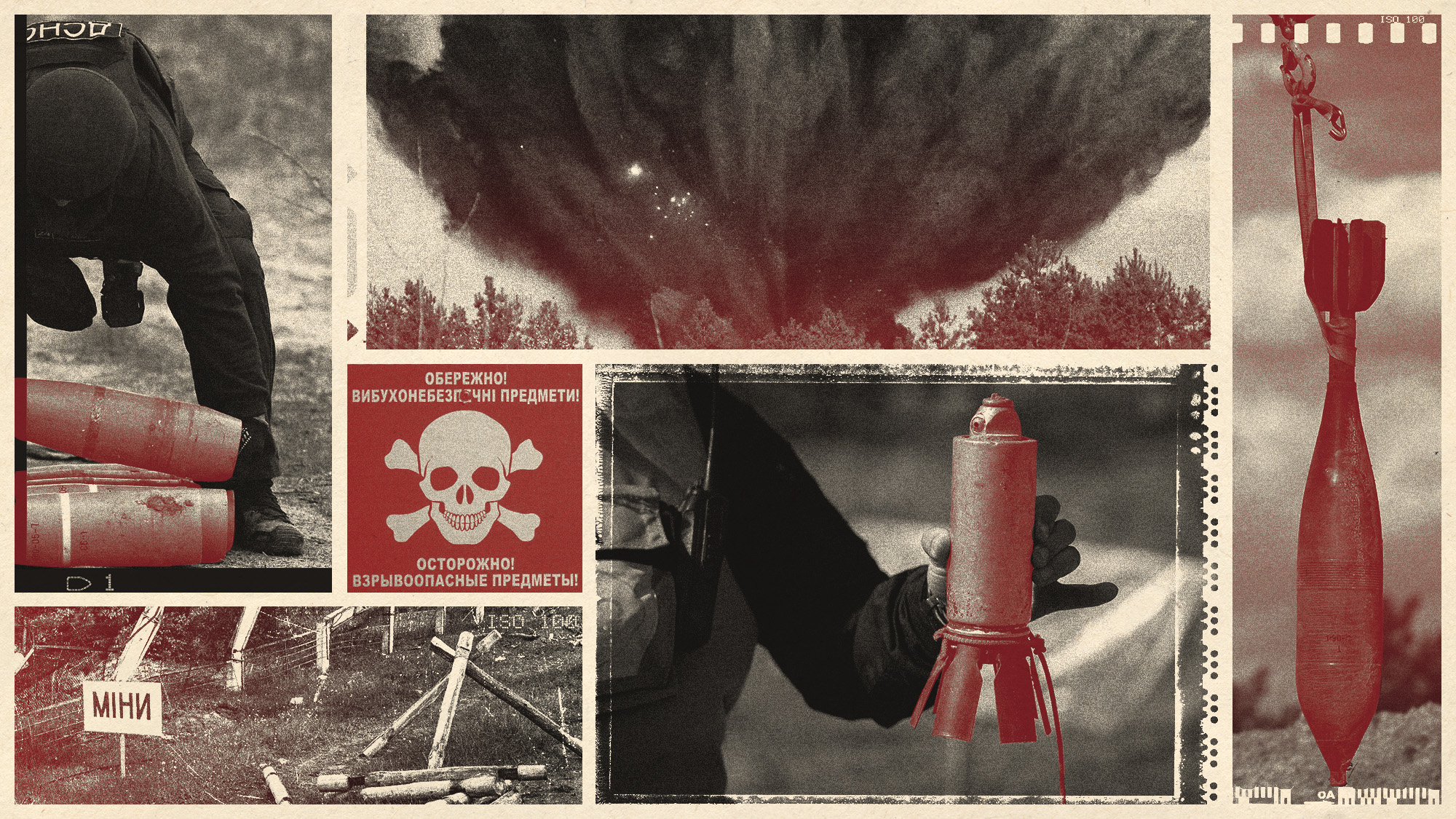 The mission to demine Ukraine
The mission to demine UkraineThe Explainer An estimated quarter of the nation – an area the size of England – is contaminated with landmines and unexploded shells from the war
-
 The secret lives of Russian saboteurs
The secret lives of Russian saboteursUnder The Radar Moscow is recruiting criminal agents to sow chaos and fear among its enemies
-
 Is the 'coalition of the willing' going to work?
Is the 'coalition of the willing' going to work?Today's Big Question PM's proposal for UK/French-led peacekeeping force in Ukraine provokes 'hostility' in Moscow and 'derision' in Washington
-
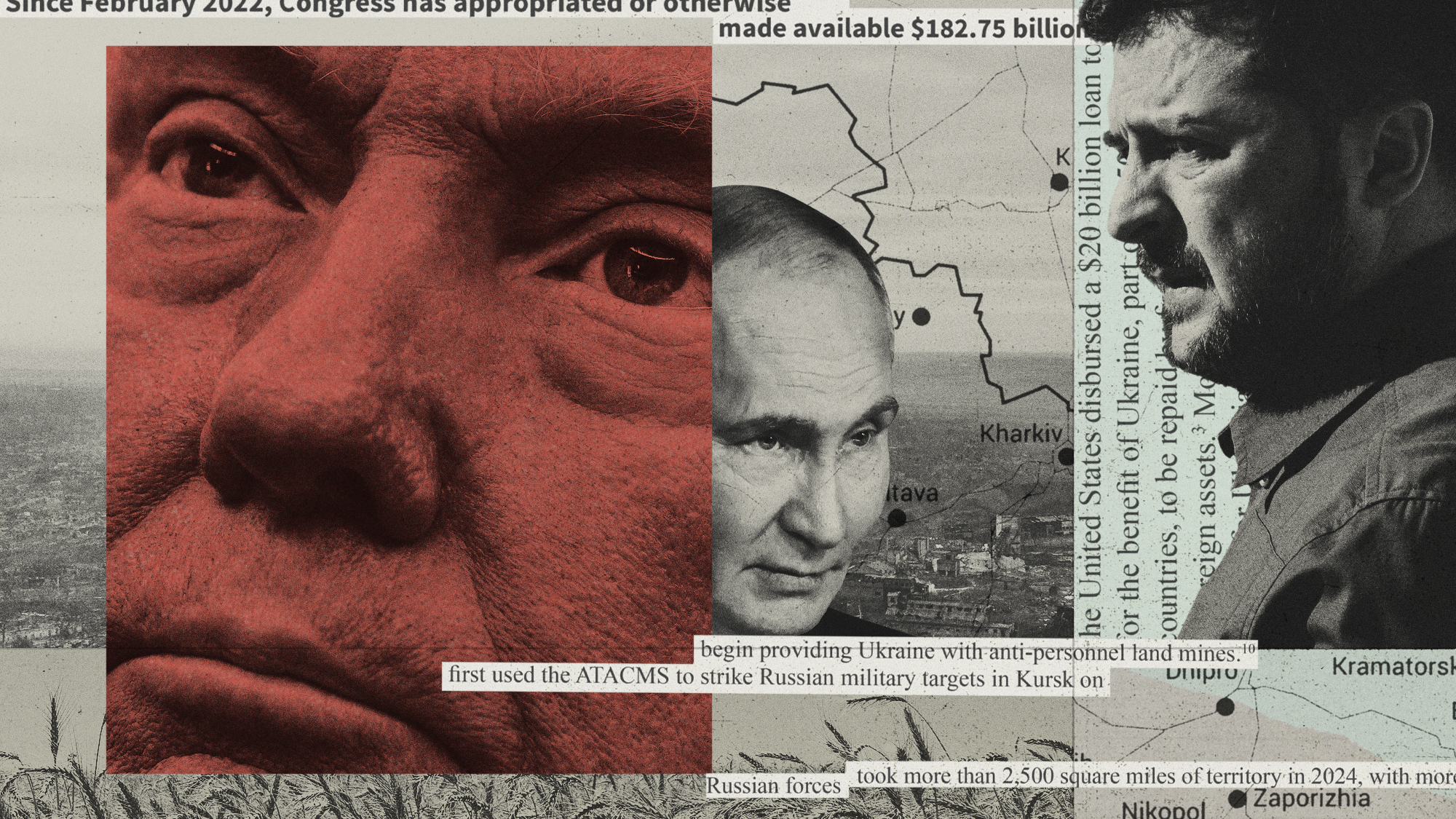 Ukraine: where do Trump's loyalties really lie?
Ukraine: where do Trump's loyalties really lie?Today's Big Question 'Extraordinary pivot' by US president – driven by personal, ideological and strategic factors – has 'upended decades of hawkish foreign policy toward Russia'
-
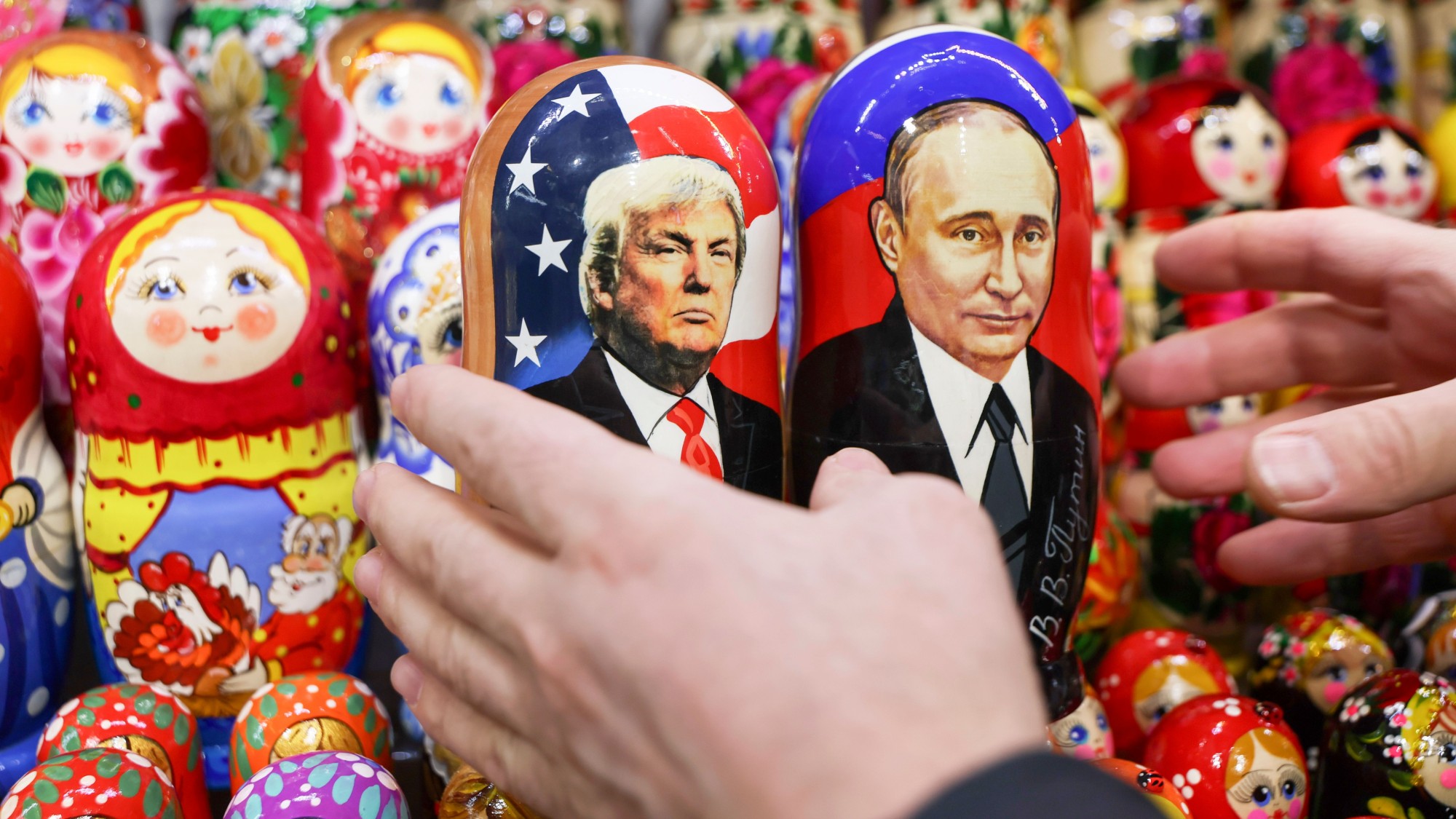 What will Trump-Putin Ukraine peace deal look like?
What will Trump-Putin Ukraine peace deal look like?Today's Big Question US president 'blindsides' European and UK leaders, indicating Ukraine must concede seized territory and forget about Nato membership
-
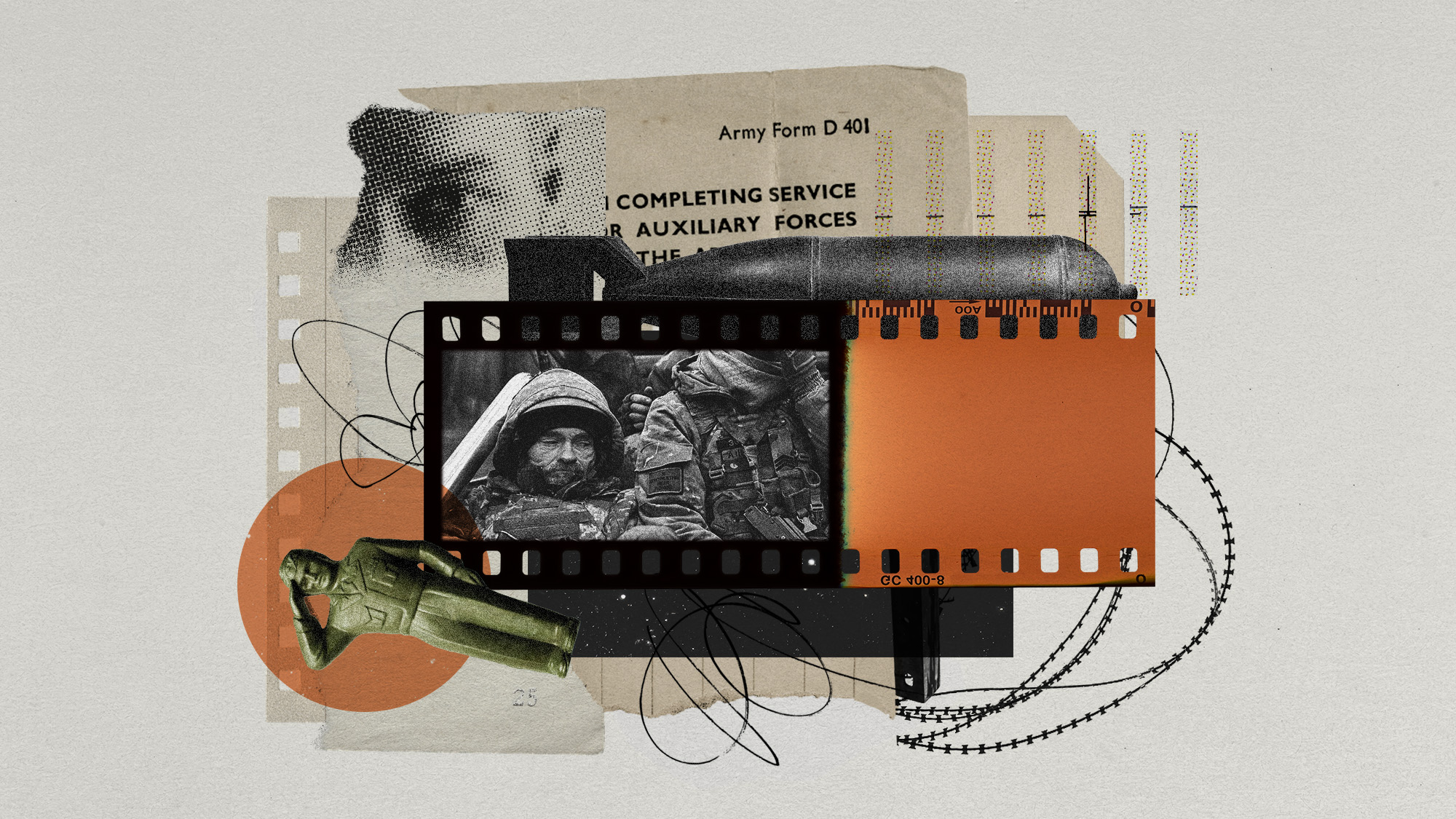 Ukraine's disappearing army
Ukraine's disappearing armyUnder the Radar Every day unwilling conscripts and disillusioned veterans are fleeing the front
-
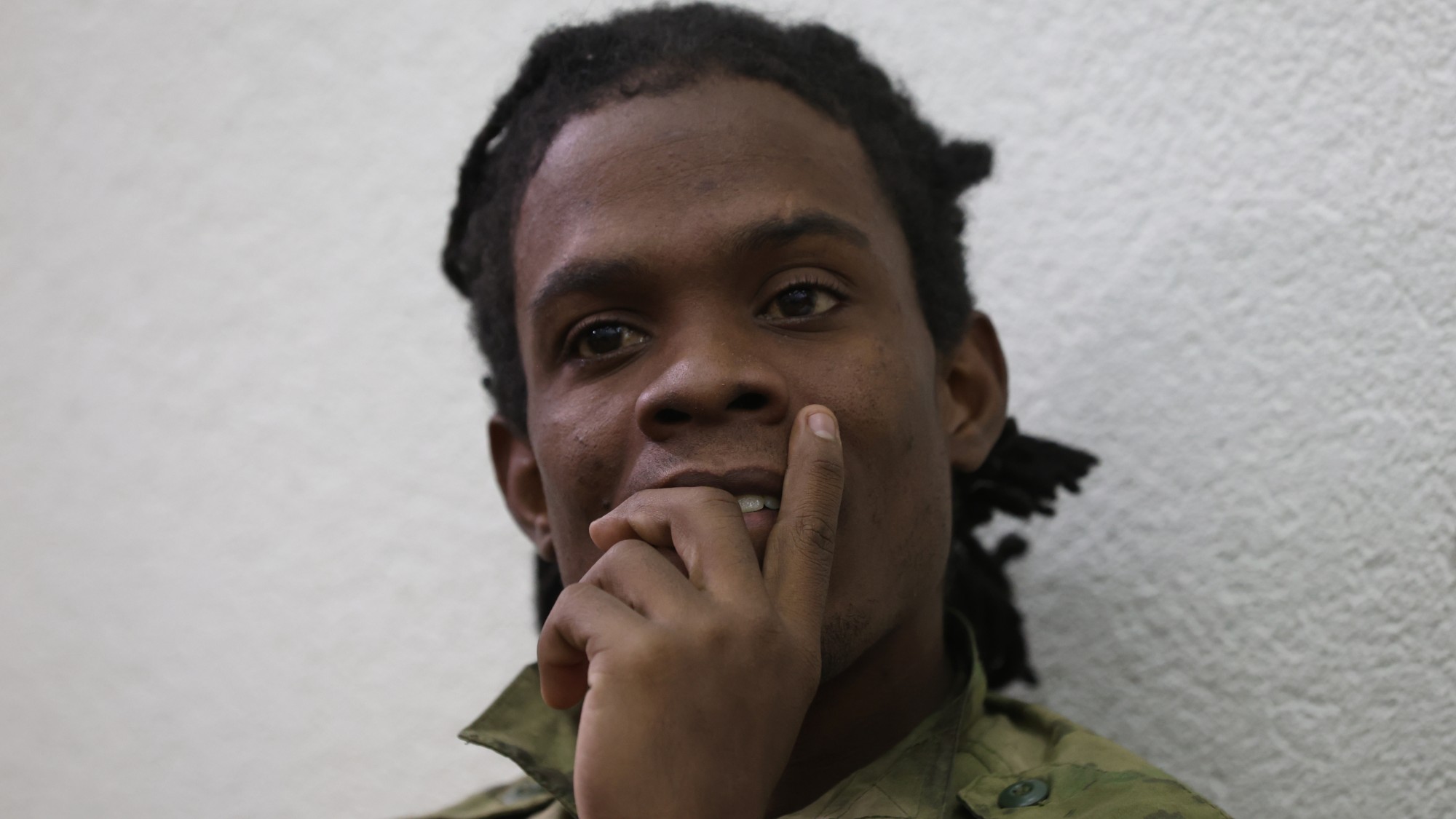 Cuba's mercenaries fighting against Ukraine
Cuba's mercenaries fighting against UkraineThe Explainer Young men lured by high salaries and Russian citizenship to enlist for a year are now trapped on front lines of war indefinitely
-
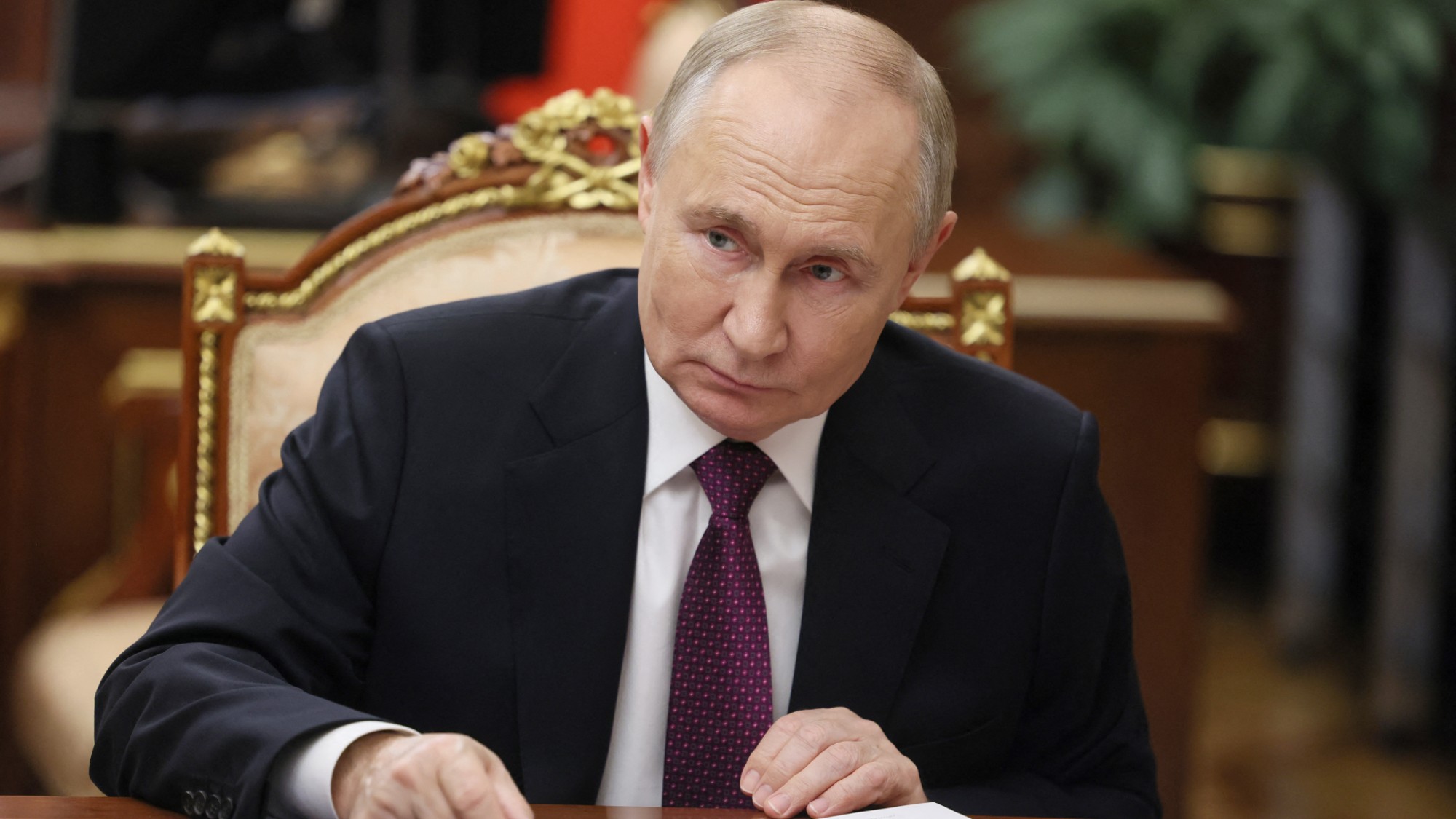 Ukraine-Russia: are both sides readying for nuclear war?
Ukraine-Russia: are both sides readying for nuclear war?Today's Big Question Putin changes doctrine to lower threshold for atomic weapons after Ukraine strikes with Western missiles
